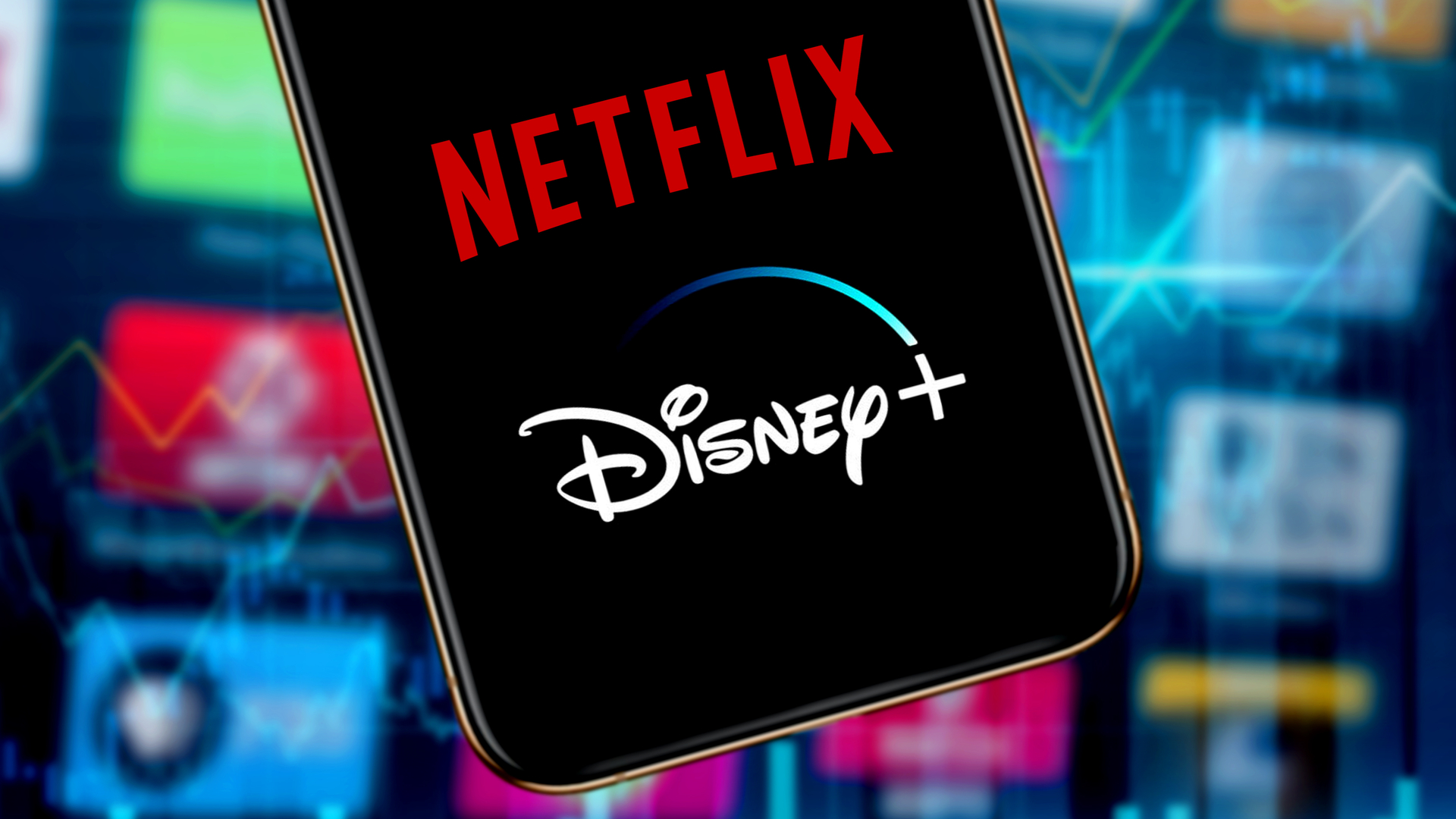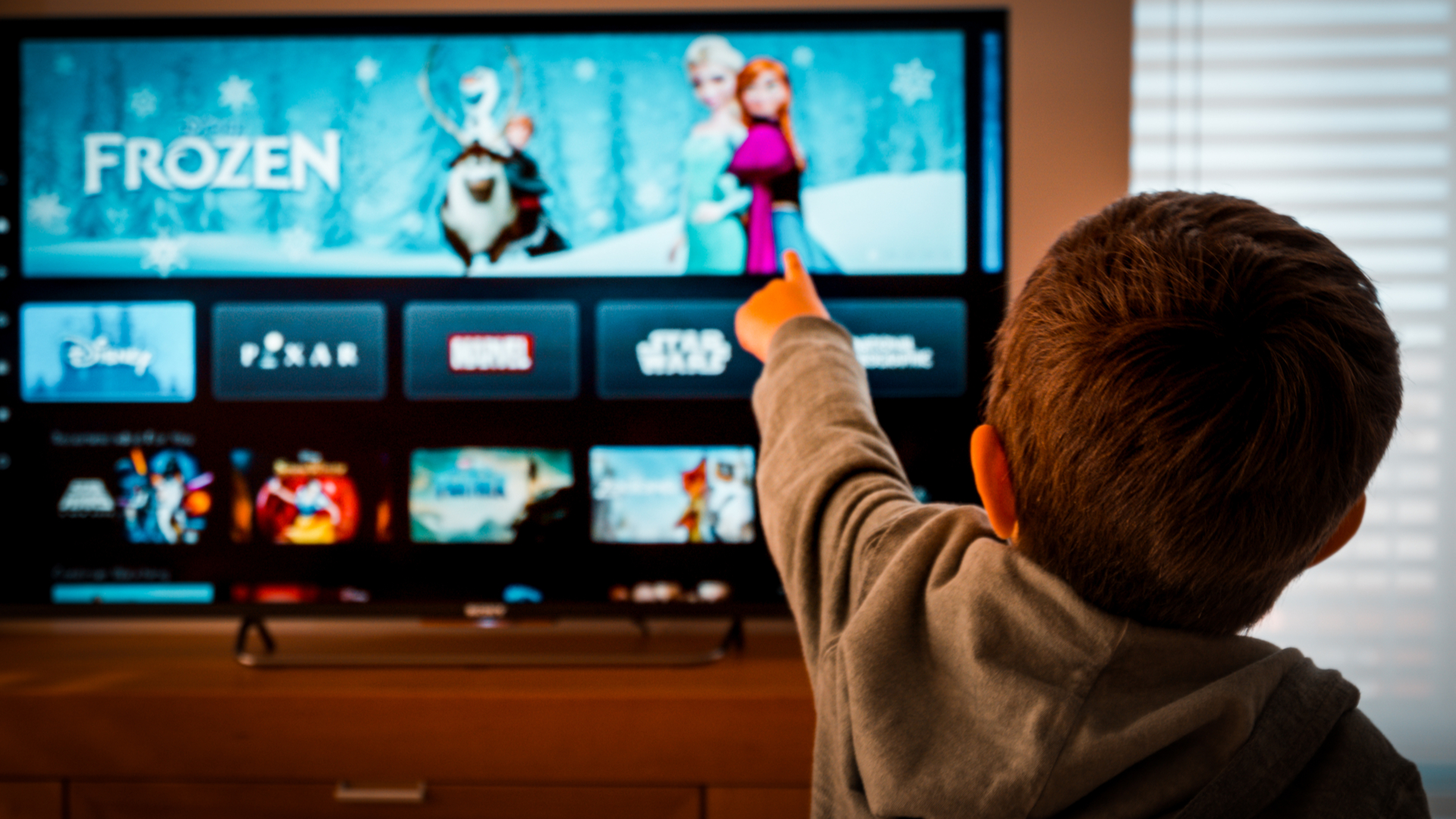
Unless you’ve been living under a rock in recent weeks, you’ll know that Netflix is having a tough time.
Much to the chagrin of investors, the world’s biggest streaming service lost 200,000 paying customers between January and March of this year – a figure that’s expected to exceed two million come the end of June. If the trend continues, analysts predict that Disney Plus will overtake Netflix to become the most popular streaming service by 2024.
But why is Disney’s streamer flying where Netflix is falling? Company CEO Reed Hastings has blamed the latter’s decline on increased competition and a failure to crack down on password sharing, while Netflix subscribers have called out the streamer’s waning content quality and so-called woke agenda.
Whatever the reason, there is a handful of things that Disney Plus simply does better than the red and black behemoth, and below, we’ve rounded up three lessons Netflix can learn from its biggest competitor to keep hold of subscribers in 2022.
Before we dive in, though, a disclaimer: it’s worth remembering that Netflix is still the biggest streaming service on the planet. Recent internet discourse may have you believing that Netflix is “finished”, but this couldn’t be further from the truth. The streamer’s decade-long period of growth has simply come to an end - at least for now. As such, Disney Plus isn’t an objectively better streaming service, though there are elements of its business model that Netflix would do well to emulate in the coming years.
More accessible pricing
This first point is an obvious one. Netflix hiked its prices in 2022 to solidify its standing as the most expensive streamer around – which wouldn’t be a problem if Disney’s equivalent service didn’t offer far better value for money.
In the US right now, Disney Plus is available for a straightforward $7.99 per month. For that price, subscribers get 4K streaming, IMAX capabilities, four simultaneous streams and a content library brimming with franchise favorites. There are no variable price tiers, though customers can bolt-on Hulu and ESPN subscriptions for an extra $6 should they so desire.
Get daily insight, inspiration and deals in your inbox
Sign up for breaking news, reviews, opinion, top tech deals, and more.
Put simply, Netflix is a lot more expensive. The basic tier of the streamer costs $9.99 per month, which grants subscribers access to non-HD content on a single device. For $15.49, the package expands to two devices capable of streaming HD content, while the $19.99 tier matches Disney’s four-device, 4K-capable offering.
Netflix, then, is 60% more expensive than Disney Plus in almost all regions. Sure, its content library is twice the size, but is it really twice as good? There’s no denying that the likes of Stranger Things, Bridgerton and Squid Game have proven cultural phenomenons in recent years, but these tentpole Netflix series have looked increasingly like rare pieces of treasure among a growing pile of below-par movies and TV shows (and that’s before mentioning the streamer’s now infamous penchant for cancelling genuinely promising projects).
Netflix removed the good shows and increased the prices now they wanna add ads it’s like they want us to cancel our membershipMay 11, 2022
Some may even argue that, given Disney’s ownership of the Marvel and Star Wars franchises, Disney Plus can go toe-to-toe with Netflix for content. We’re not so sure on that front, but there’s no denying that Disney Plus offers its subscribers superior value for money (if only it could bring back its Disney Plus free trial it would well and truly stake its claim).
It’s extremely unlikely that Netflix will drop its prices to match those of Disney Plus, but the streamer should certainly be wary of raising them any further – especially as the cost of living continues to rise for subscribers in European countries, particularly.
Diversified subscription packages
Netflix also needs to mix up the content offered in its various subscription packages. The company has only ever shown a willingness to give customers the option to vary how they watch its movies and TV shows – in terms of picture quality, number of screens etc. – but it should now look to offer them more autonomy over the content itself.
Admittedly, greater package customization isn’t something Disney Plus has implemented just yet, but its Premier Access service – which gave subscribers the option of paying more to access theatrical releases earlier than others in 2021 – did at least offer customers a degree of freedom to determine the content they were paying for.

In other words, Netflix should launch multiple new subscription types in an effort to respond to specific consumer needs. Consider a tier option offering subscribers access to Netflix original content exclusively, or only series instead of movies. It’s certainly a possibility – the streamer has already detailed plans to launch a cheaper, ad-supported subscription tier by the end of 2022 – and overhauling its subscription packages in such a way could make Netflix a market leader in a new form of uber-bespoke entertainment.
As GlobalData’s Tammy Parker told TechRadar: “Netflix’s pricing strategy must evolve, especially as inflation eats away at consumers’ wallets, making them choosier about their streaming subscriptions. [Its] plans are poorly differentiated, as they all offer the same content and only vary in terms of video quality and number of screens supported.”
Acceptable advertising
Okay, this one’s a little cheeky, since we’re talking about developments that haven’t actually happened yet – but it’s nonetheless something Netflix can learn from.
As mentioned, the streamer is planning on launching an ad-supported subscription tier later in the year, though it won’t arrive ahead of Disney’s own ad-supported package, which is expected to go live in the coming months. When it does, however, Netflix would do well to mimic Disney’s refreshingly tough stance on commercials.
According to a recent Wall Street Journal report, Disney’s ad-supported subscription tier will cap commercials at four minutes per hour of content, and restrict them full stop when young children are watching via the platform’s kid-friendly user profiles. For comparison, Disney’s other streaming service, Hulu, runs up to 12 minutes of ads per hour of content, while NBC’s Peacock runs five. Cable TV typically bombards viewers with around 20 minutes of ads per hour of content.

What’s more, Disney has also vowed to limit the type of commercials it airs on the platform. Variety reports that the company will not accept advertising for alcohol products or political campaigns at the new tier’s launch, and will also prohibit ads from rival outlets or entertainment studios.
That all sounds pretty reasonable, to us, and we’re hoping that Netflix copies Disney’s stern approach to advertising with its own cheaper subscription tier – both in terms of the type of commercials shown and the audiences exposed to them.
If it can do that, and improve on either one (or both) of our aforementioned bugbears with the service, Netflix has every chance of reversing its trajectory.

Axel is TechRadar's UK-based Phones Editor, reporting on everything from the latest Apple developments to newest AI breakthroughs as part of the site's Mobile Computing vertical. Having previously written for publications including Esquire and FourFourTwo, Axel is well-versed in the applications of technology beyond the desktop, and his coverage extends from general reporting and analysis to in-depth interviews and opinion. Axel studied for a degree in English Literature at the University of Warwick before joining TechRadar in 2020, where he then earned an NCTJ qualification as part of the company’s inaugural digital training scheme.